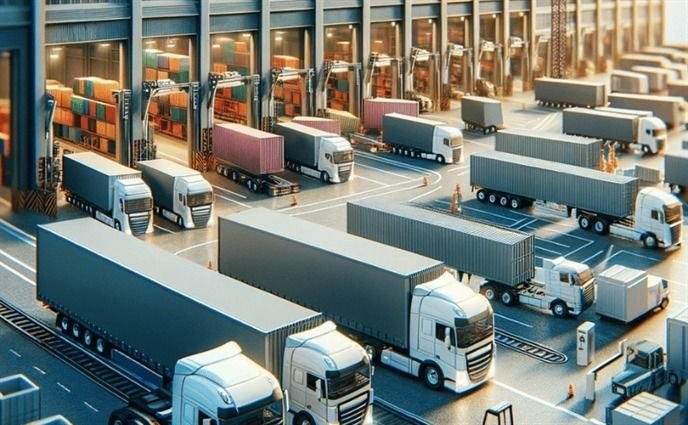In the world of commerce and operations, the terms logistics and supply chain management (SCM) are often used interchangeably. While they are closely related, they are not the same. Understanding their differences is critical for business owners, logistics professionals, and even consumers who rely on timely delivery of goods and services.
This article breaks down the fundamental differences between logistics and supply chain management, their individual roles, and how they contribute to business success.
What is Logistics?
Logistics refers to the process of planning, executing, and managing the efficient movement and storage of goods, services, and information from the point of origin to the point of consumption.
Key Functions of Logistics:
- Transportation of goods
- Warehousing and storage
- Inventory management
- Order fulfillment
- Packaging and labeling
- Reverse logistics (returns handling)
Goal: Deliver the right product, to the right place, at the right time, in the right condition, at the lowest cost possible.
What is Supply Chain Management (SCM)?
Supply Chain Management is a broader concept. It involves the strategic coordination of all parts of the supply chain, from raw material procurement to final product delivery to the customer.
Key Components of SCM:
- Supplier relationship management
- Production planning and scheduling
- Logistics and distribution (logistics is a part of SCM)
- Demand forecasting
- Risk management
- Customer service and feedback integration
- Technology integration (ERP, AI, blockchain, etc.)
Goal: To optimize the entire end-to-end process to create value, reduce waste, and deliver a competitive advantage.
Key Differences Between Logistics and Supply Chain Management
| Feature | Logistics | Supply Chain Management |
|---|---|---|
| Scope | Focused on the movement and storage of goods | Covers the entire journey from sourcing to delivery |
| Function | Operational function | Strategic function |
| Goal | Customer satisfaction through delivery efficiency | Competitive advantage through total supply chain optimization |
| Activities | Transportation, warehousing, inventory control | Planning, sourcing, manufacturing, logistics, coordination |
| Time Frame | Short-term, day-to-day execution | Long-term planning and design |
| Responsibility | Mostly within the company | Includes external partners like suppliers and third-party logistics |
| Example | Ensuring a product reaches the customer in 3 days | Managing supplier contracts, optimizing delivery networks, minimizing costs and delays |
How Logistics Fits Into the Supply Chain
Think of logistics as a subset of supply chain management. SCM is the architecture, and logistics is a key pillar within that structure.
- Without effective logistics, the supply chain breaks down.
- Without strategic supply chain planning, logistics can’t be optimized for long-term performance.
Real-World Example
Let’s take a simple example of a smartphone manufacturing company:
- Supply Chain Management: Handles raw material procurement (metals, glass), production timelines, supplier negotiations, global shipping, customs compliance, and overall demand forecasting.
- Logistics: Manages warehouse operations, final distribution to retail stores or customers, reverse logistics for returns, and real-time delivery tracking.
Both functions are interdependent, yet serve different roles.
Why Understanding the Difference Matters
For businesses:
- Helps assign the right teams and tools for operational vs. strategic functions.
- Improves cost control and performance.
- Enhances customer satisfaction through better delivery and service models.
For professionals:
- Builds clearer career paths (e.g., logistics manager vs. supply chain analyst).
- Helps upskill in the right domain—execution vs. optimization.
For consumers:
- Creates awareness about what goes on behind getting a product delivered.
Conclusion
While logistics is focused on the movement and storage of goods, supply chain management encompasses a broader scope involving strategic planning, sourcing, and coordination across the entire value chain.
Understanding these differences helps businesses operate more efficiently and competitively in today’s fast-paced global market.

Leave a Reply